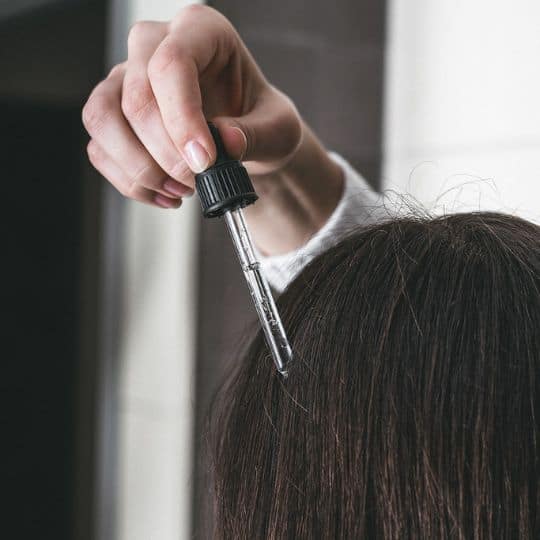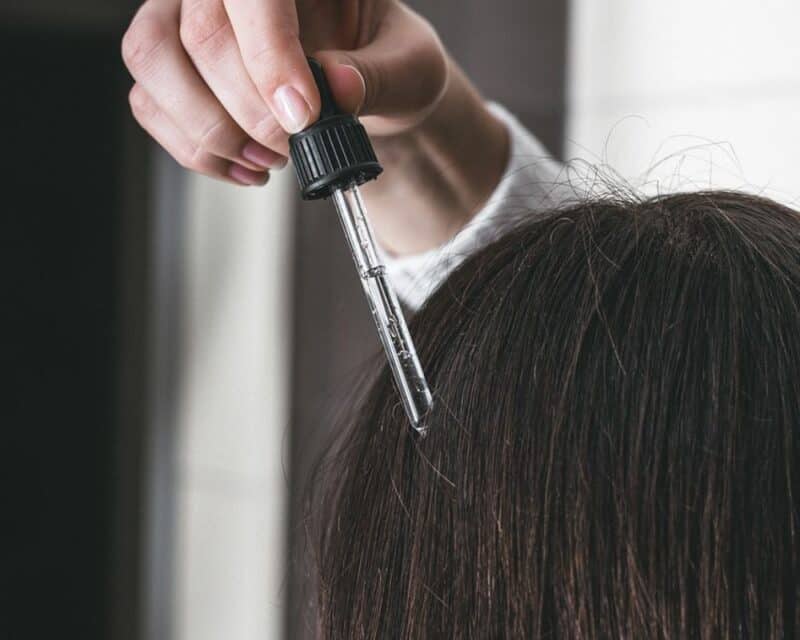Struggling with hair that won’t grow past a certain length can be incredibly frustrating. You might have tried everything from expensive treatments to traditional home remedies, but nothing seems to work.
Before you give up on your dream of flowing tresses, know that it is possible to change the rate at which everything grows. You just need to find out what is causing the problem in the first place!
Interested in learning more? Then keep on reading. Below we are going to discuss some of the different reasons why your natural hair isn’t growing.
Misunderstanding hair growth

Before you jump into this article, you should know that our hair is always growing. However, you might not understand exactly how much is normal. According to the AAD (American Academy of Dermatology), it grows approximately half an inch per month – or about six inches every year.
If you’ve recently started growing out from a short bob, don’t expect long-flowing locks down to your waist immediately. It will take time until you see any sort of progress as you constantly look at yourself in the mirror each day.
Lack of moisture
Natural hair, particularly curly types, is often prone to dryness due to its structure, which makes it difficult for scalp oils to travel down the shaft. This makes your locks more susceptible to breakage, which impedes length retention in the long run.
It’s best to use healthy hair products including oil, serum, and other treatments with ingredients that are designed to add hydration. Of course, you must check that these are suitable for your particular hair type so that they lock in moisture effectively.
Poor scalp health

The health of your scalp is another vital factor when it comes to hair growth. Issues such as dandruff, psoriasis, or fungal infections can hinder rejuvenation by damaging follicles or obstructing new hair from emerging.
Take care to ensure that your scalp is clean, moisturized, and well-nourished. A scalp massage with essential oils can also be used to improve circulation and support healthy growth.
Over-manipulation
Frequent styling, brushing, and combing will cause wear and tear on your head, leading to breakage and split ends. Over-manipulation can also stress hair follicles, potentially resulting in thinner locks over time.
While it’s fine to style yourself on occasion, try to opt for low-manipulation hairstyles for your day-to-day activities. Wide-tooth combs are great tools that will detangle gently to minimize breakage.
Nutritional deficiencies
Hair growth is closely linked to your overall health, and lacking in certain nutrients can hinder your hair’s ability to repair itself. Things such as vitamins A, C, D, and E, iron, zinc, and proteins are all crucial elements to consume.
Ensure that you’re eating a balanced diet rich in these nutrients, alongside many other essential vitamins and minerals. You can also consider taking supplements if you’re unable to meet your nutritional needs through diet alone.
Hormonal imbalances and health conditions
Alongside nutritional deficiencies, hormonal imbalances such as those caused by thyroid problems, pregnancy, or menopause can also affect the rate at which your hair grows. Additionally, there are certain health conditions that may come into play.
If you suspect this is the cause, consult your GP or healthcare provider as soon as possible. They can offer treatments or lifestyle changes to help manage the condition.
Genetics
As frustrating as it may be, genetics also plays a significant role in your hair type and its condition. While you can’t change them, learning more about yourself can help you set realistic expectations for your hair care journey.
A good idea is to speak to others in your family who have a similar style of hair. They may be able to offer some tips and tricks on what has previously worked well for them.
Not following a consistent care routine
Finally, it’s important to remember that your body thrives on consistency. Hopping from one product to another or frequently changing your routine can stress your scalp.
Experiment to find a regime that works for your particular hair type and stick with it. It’s also important to be patient – it takes time to see the results of a consistent routine. All good things come to those who wait!
Final Words
Understanding the various factors that influence hair growth is the first step towards achieving the long, healthy natural locks that you desire. By addressing the underlying issues and implementing a good routine, you can optimize your growth potential. Good luck!



